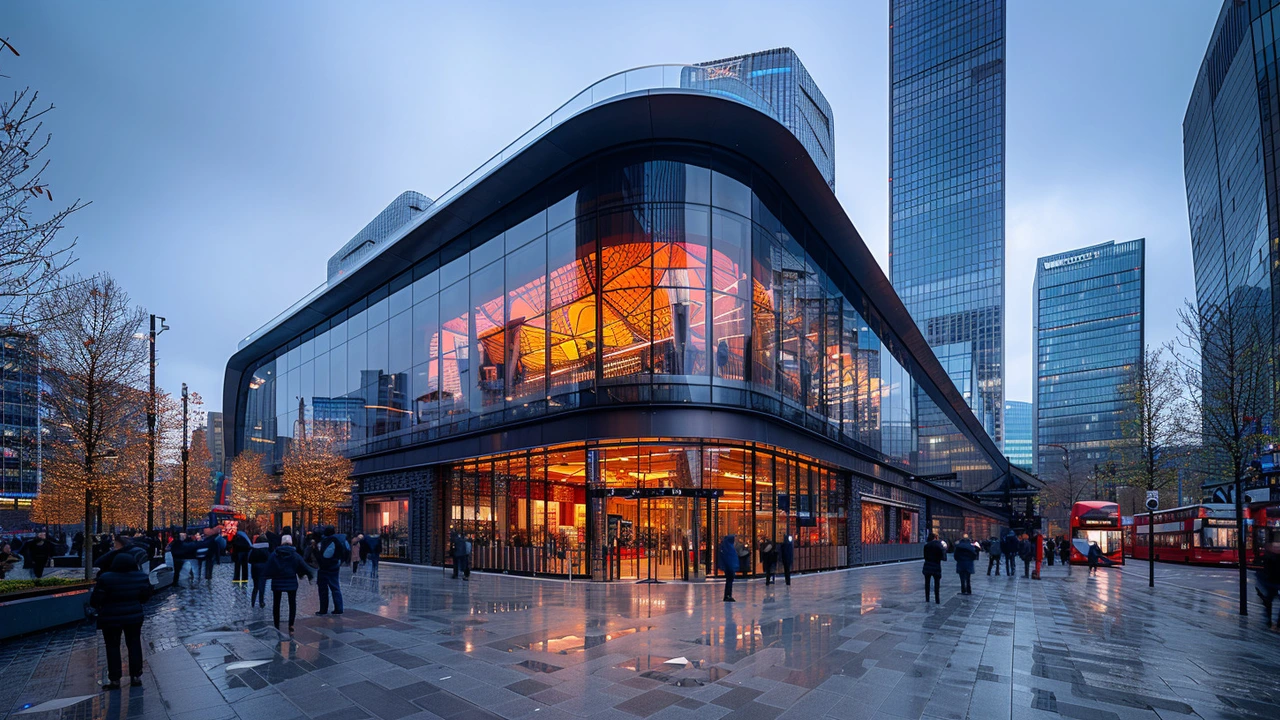Technological Utopia: Practical Ideas for Architecture, Design, and Daily Life
Technological utopia sounds big, but it's just about using tools and design to make life easier, fairer, and more beautiful. On this tag page you'll find articles that connect high tech with architecture, home design, and human habits. Expect real examples, clear tips, and links to deeper reads.
Think of tech as a set of tools, not magic. Sensors, simple automation, and better materials can cut energy use, improve comfort, and keep old buildings useful. For example, adding smart thermostats and zoned heating in a historic home keeps the original look while lowering bills. Use discreet sensors and apps that let you monitor systems without changing facades.
Design trends on this page blend clean, minimal interfaces with tactile, human-centered spaces. Read "Minimalism in Tech" and "Minimalism Tips for Beginners" to learn how fewer features and cleaner layouts work in both apps and rooms. When designers strip noise from screens and floors, people focus better and stress less.
Architecture entries here show the long view. Articles on Roman, Byzantine, and Renaissance buildings explain how materials and engineering solved real problems. Old solutions like arches, courtyards, and passive ventilation still help modern architects combine tech and tradition. Use those lessons when you retrofit a building: match new systems to old structures instead of forcing big changes.
If you want practical next steps, start with a small project. Pick one room and aim for three changes: one energy upgrade, one comfort tweak, and one aesthetic update. Swap bulbs for warm LED lights on a dimmer, add a smart power strip to control phantom loads, and declutter surfaces to emphasize a favorite piece of furniture or artwork.
For bigger projects, document existing systems and materials before you change them. Photograph details, label wiring, and note where moisture or drafts occur. That record makes it easier to add sensors, insulation, or mechanical upgrades without harming historic finishes.
Use this tag as a roadmap. Read pieces on specific styles—Greek Revival, Gothic Revival, Beaux-Arts—to see how form and meaning shaped spaces. Then read the tech-focused pieces for how modern tools change use and comfort. Together they help you plan upgrades that respect beauty and improve function.
Want inspiration? Check "Postmodern Architecture" for playful ideas and "Functionalism Explained" to see how purpose drives design choices. If you restore a house, "Preserving Beaux-Arts Architecture" shows practical repair tips that pair well with modern controls.
Finally, think small and test before you commit. A single sensor or a simple automation routine often reveals unexpected benefits. Keep a list of wins and costs as you go. Over time those small changes add up into a real technological utopia: spaces that feel smarter, kinder, and more livable without losing character.
If you want curated reading, start with minimalism articles, then move to architecture case studies, and finish with preservation guides. Bookmark favorites, save project notes, and revisit as your plan grows. Technology and tradition can work together when you plan carefully. Regularly.

Exploring High-Tech Architecture: A Blueprint for Tomorrow's Technological Utopia
High-Tech architecture integrates advanced technological features into the design of buildings to create spaces that are not only visually striking but functional and sustainable. This article explores the essence of High-Tech architecture, its origins, significance, and potential evolution. The principles of this architectural style are broken down, and exemplary structures that epitomize High-Tech ideals are discussed. Finally, potential future trends in High-Tech architecture are envisioned, offering insights into how this style may evolve to meet the needs of a high-tech, sustainable world.
Read more